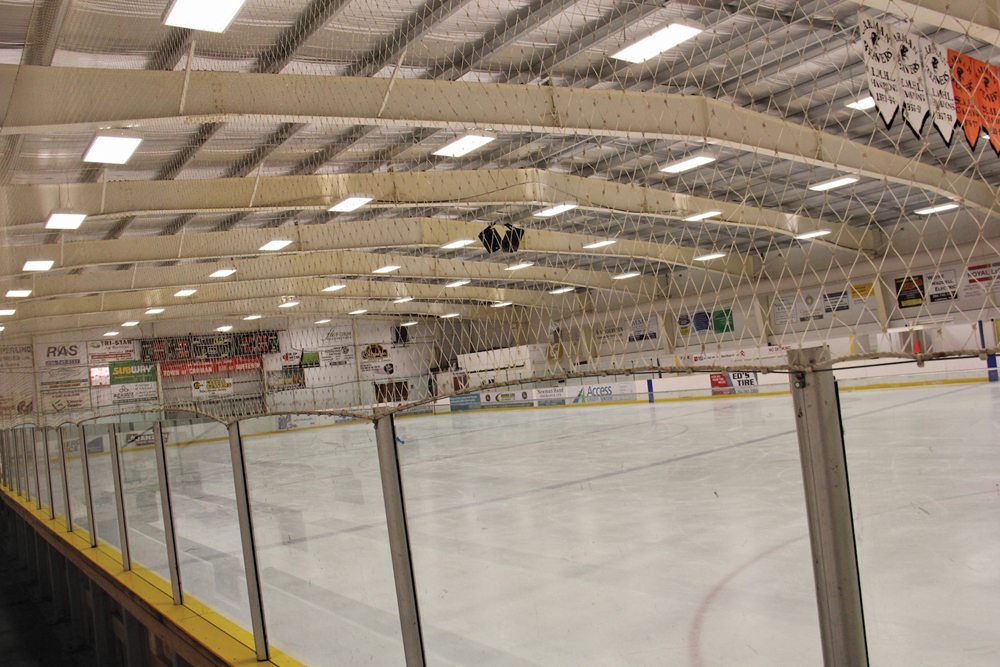As winter-weary Manitobans anticipate longer days, we also know we can expect one hour less sleep come March 13. Many refer to this as daylight savings time, but the correct term is daylight saving time (even though no daylight is actually saved). Greenwich Mean Time (GMT), the standard time measurement for the world since 1928, or Universal Time (UT), the standard since 1972 thanks to atomic clocks, is shifted to take advantage of longer daylight.
In 1883, Standard Time following specific time zones based on meridians was implemented in North America by the railroads. Previous to that, time was a local matter. Each city and town had its own time with noon established as to when the sun was directly overhead for that locale. When the day began or even the exact length of an hour was not standardized, but this created problems for travel, shipping and communication. Many places kept to their practice of solar time until people accepted the practical advantages of Standard Time.
Read Also

Giant Canada geese have gone wild in Manitoba
Giant Canada geese are seemingly everywhere and can be fine table fare for local hunters, but 70 years ago, they were borderline extinct.
The first daylight saving plan was adopted by many countries, including Canada, during the First World War with the hope of conserving energy for the war effort. Abandoned when the conflict ended, it was reimplemented with the Second World War.
In Canada, time is regulated provincially, not federally. The provinces and territories have been free to accept DST or not, aside from wartime legislation. This created confusion for the railroads, so their schedules ran to Railway Standard Time year round. When people were not used to such conformed time standards, there were inconsistencies or even changes to the rules to accommodate specific events. For example, while the rest of Portage la Prairie was on DST, the Portage Industrial Exhibition had been known to operate on Standard Time to avoid confusing exhibitors and other visitors coming any distance when all transportation systems going through the city were on Standard Time.
Areas in Canada that currently remain on Standard Time year round are Saskatchewan and small parts of Quebec, Nunavut and B.C. Three communities in the Central Time Zone in northwestern Ontario observe DST all year long, allowing them to be on Central Time during the summer tourist season and Eastern Time during the winter.
In 2007, Canadian jurisdictions observing DST extended the period to three weeks earlier in the spring and one week later in the fall in order to remain in synch with our largest trading partner, the United States. We now move the clocks ahead on the second Sunday in March and back on the first Sunday in November.
INTERESTING FACTS
Twins born when we revert to Standard Time in the fall can be recorded in a different order than their actual birth. A baby born after 1:59 a.m. DST on the Sunday when we turn the clock back may appear to have been born before its older twin. For example, the first one is born at 1:55 a.m. and the sibling is born 10 minutes later, but recorded as being born at 1:05 a.m. – 50 minutes earlier.
There are no births recorded between 2 and 3 a.m. in the spring on the date when we change to DST as recorded time jumps from 1:59 a.m. to 3 a.m.
Tropical countries, especially those closest to the equator, do not need to implement DST since the length of their day does not change significantly throughout the year, but some do to co-ordinate with other countries for economic reasons.
In the Northern Hemisphere where DST begins between March to April – depending upon the exact location – we say “spring forward” or “March forward.” When it ends between September to November, we say “fall back.” Since the seasons are reversed in the Southern Hemisphere, people there cannot use the same expressions.
Even though Antarctica has 24-hour daylight during the summer months, the base stations there either switch to DST to coordinate with their supply ports in Chile or New Zealand, or remain on Greenwich Mean Time, depending on with which country they are affiliated.
Of the major industrialized nations, only Japan, India and China do not currently observe DST in some format.
– Barb Galbraith writes from Oakville, Manitoba














